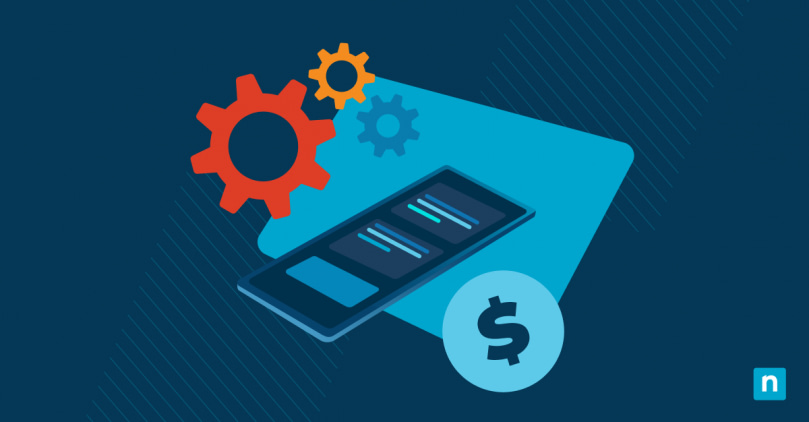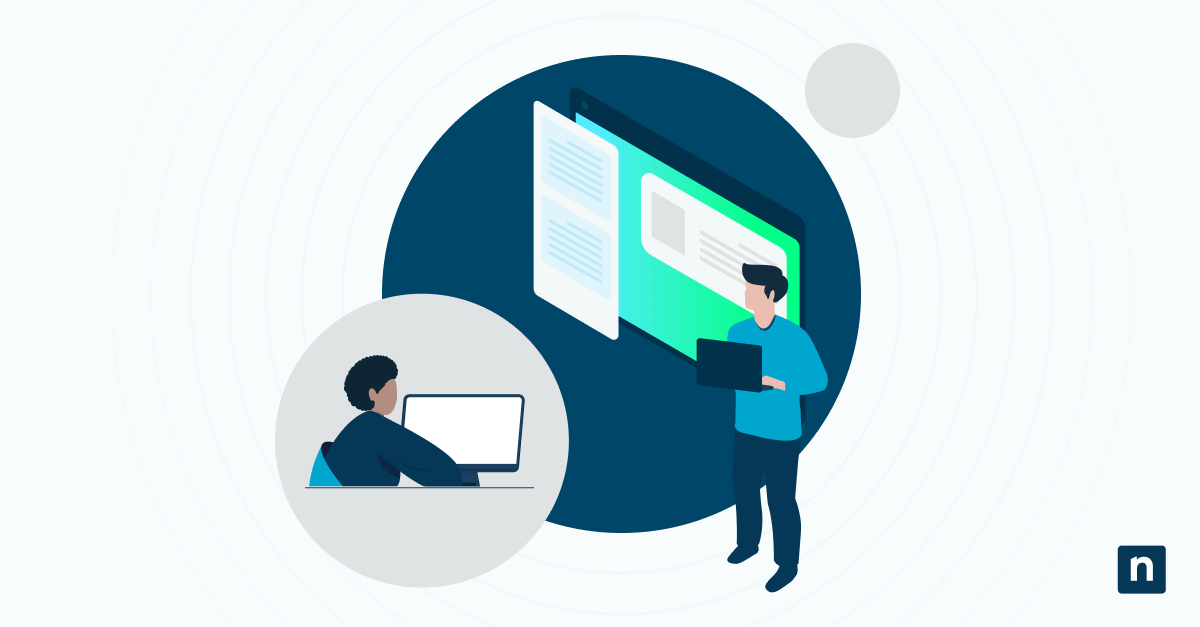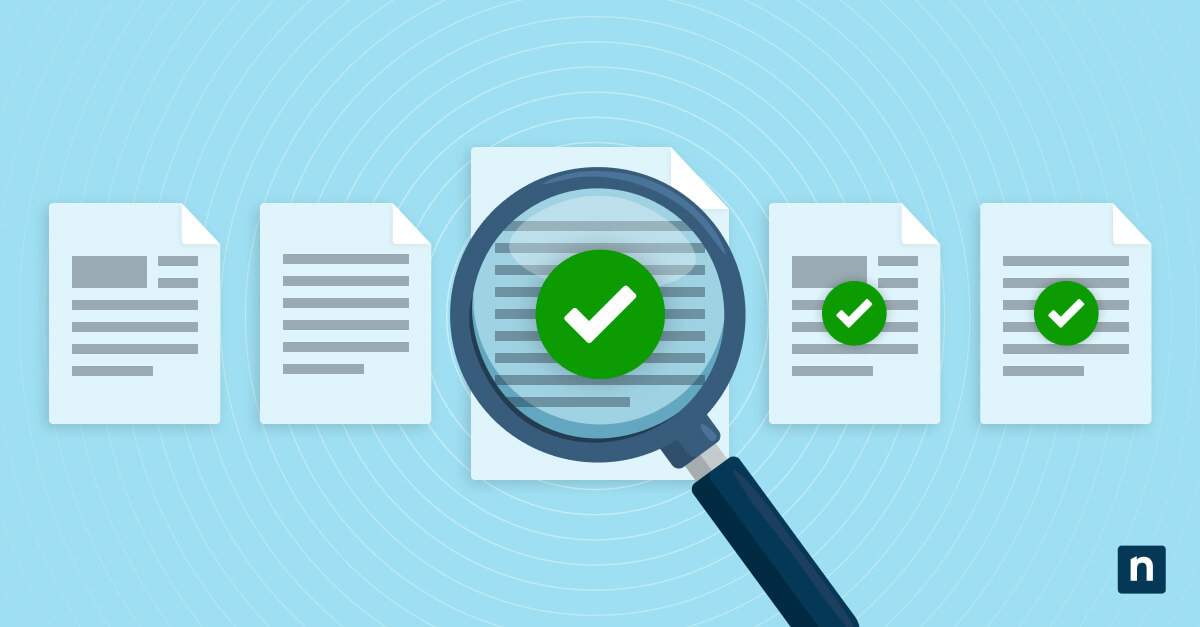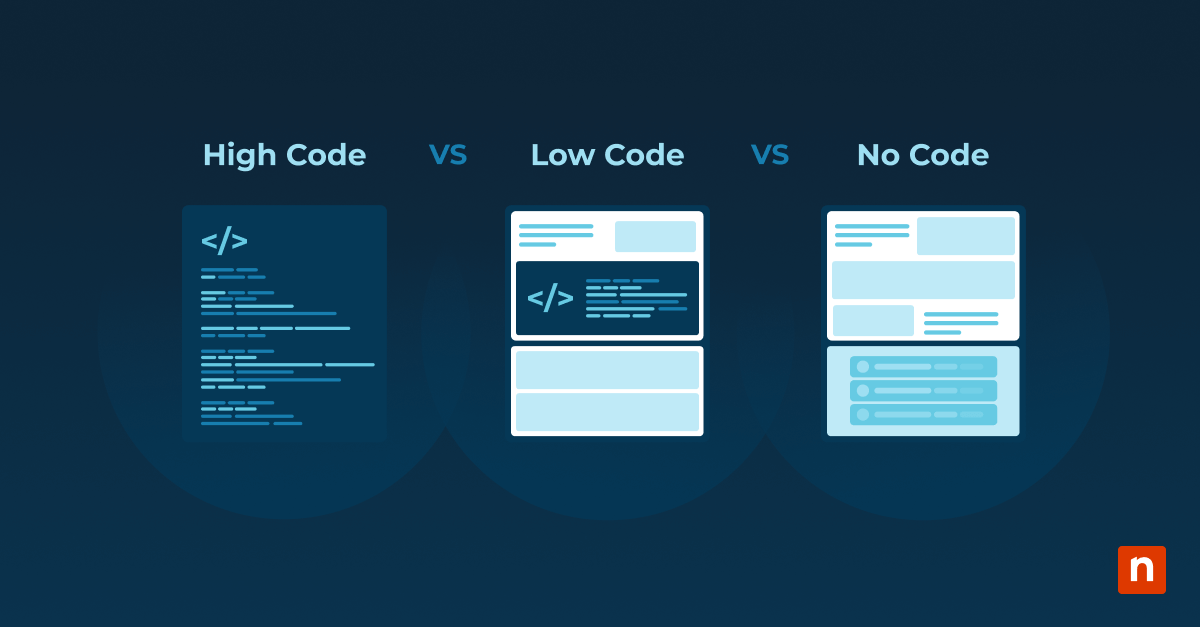In this article, you will learn effective ways on how to manage IT costs. Recently, IT departments face increasing pressure to reduce costs while maintaining high-quality services. A McKinsey and University of Oxford study found that large IT projects, on average, run 45% over budget and 7% over time while delivering 56% less value than predicted. This alarming trend emphasizes the need for effective IT cost management strategies.
Introduction to IT cost management
IT cost management is a systematic method for planning, controlling, and evaluating technology-related expenses. It involves analyzing your current IT spending, identifying areas for improvement, and implementing strategies to reduce costs without compromising performance. Adopting a proactive stance towards IT cost management lets you allocate resources more efficiently, improve budget forecasting, and align IT spending with your overall business objectives.
Start by gaining a comprehensive understanding of your current IT landscape. This includes mapping out all your technology assets, services and associated IT tool costs. With this foundation, you’ll be better equipped to make informed decisions about where to cut costs and where to invest for maximum return.
Common IT costs
Understanding the various components that contribute to your IT expenses is necessary for effective cost management. Let’s explore some of the most common IT costs you’re likely to encounter:
Hardware and software expenses
Hardware costs encompass a wide range of physical equipment, from servers and networking devices to end-user devices like computers and mobile phones. When managing these expenses, consider factors such as lifecycle management, bulk purchasing, and leasing options to optimize your spending.
Software expenses include licensing fees, subscription costs, and maintenance agreements. To keep these IT tool costs in check, regularly review your software inventory to eliminate redundant or underutilized applications. Additionally, explore volume licensing agreements and open-source alternatives where appropriate.
Cybersecurity defenses
Protecting your digital assets is an everyday need of modern IT management. Cybersecurity costs encompass a range of expenses, including endpoint protection, security software licenses, hardware appliances, and specialized personnel. As cyber threats continue to evolve, you’ll need to allocate a significant portion of your IT budget to maintain strong security measures and stay ahead of potential risks.
Maintenance and support costs
Ongoing maintenance and support are essential for keeping your IT infrastructure running smoothly. These activities include costs for hardware repairs, software updates and technical support services. To manage these expenses effectively, consider implementing preventive maintenance programs and exploring managed services options that can provide predictable costs and improved service levels.
Cloud services and subscriptions
As businesses increasingly adopt cloud technologies, managing associated costs has become a critical aspect of IT budgeting. Cloud expenses can fluctuate based on usage, making it essential to implement robust monitoring and optimization strategies. Consider using cloud cost management tools to track spending, identify waste, and right-size your cloud resources.
Staffing and training costs
Your IT team is a valuable asset, but it also represents a significant portion of your IT budget. Staffing costs include salaries, benefits, and ongoing training expenses. To optimize these costs, focus on building a skilled and versatile team that can handle a wide range of IT tasks. Invest in continuous learning and cross-training to improve efficiency and reduce the need for specialized external resources.
Effective IT budgeting
A well-planned IT budget serves as the foundation for successful cost management. Here’s how you can approach IT budgeting more effectively:
Forecasting IT expenses
Accurate forecasting is key to avoiding budget overruns and ensuring adequate funding for top IT initiatives. Start by analyzing historical spending patterns and identifying trends. Factor in planned projects, technology refreshes, and potential changes in business requirements. Use a combination of bottom-up and top-down budgeting techniques to create a comprehensive and realistic forecast.
Allocating resources based on priorities
Once you’ve estimated your total IT budget, it’s time to allocate resources strategically. Prioritize initiatives that align closely with your business goals and have the potential to deliver the highest return on investment. Consider using a scoring system to evaluate and rank different IT projects based on factors such as business impact, risk, and cost.
Managing unexpected costs
Despite careful planning, unexpected IT costs can arise from factors like security incidents, hardware failures, or sudden changes in business needs. To prepare for these situations, establish a contingency fund within your IT budget. Aim to set aside 5-10% of your total IT budget for unforeseen expenses. Additionally, develop a process for quickly evaluating and approving emergency IT spending when necessary.
Best practices for ongoing IT cost management
Effective IT cost management is an ongoing process that requires continuous attention and refinement. Here are some best practices to help you maintain control over your IT expenses:
Regular cost reviews and adjustments
Schedule periodic reviews of your IT spending to identify areas where costs may be creeping up or where new savings opportunities have emerged. This practice allows you to make timely adjustments to your IT budget and spending patterns. Consider implementing a quarterly review cycle with a more comprehensive annual review to align with your overall business planning process.
During these reviews, pay special attention to:
- Underutilized resources or services
- Contracts nearing renewal dates
- Technologies nearing end-of-life or requiring upgrades
- Changes in business requirements that may impact IT needs
Leveraging cost-saving technologies
Embrace technologies that can help reduce your overall IT costs. For example:
- Automation tools can streamline repetitive tasks, reducing labor costs and improving efficiency.
- Virtualization technologies can help consolidate servers and reduce hardware expenses.
- Energy-efficient hardware and power management solutions can lower electricity costs in your data centers and office environments.
- Remote management tools can reduce the need for on-site support, cutting travel expenses and improving response times.
When evaluating new technologies, always consider the total cost of ownership, including implementation, training, and ongoing maintenance costs.
Continuous training and upskilling of IT staff
Investing in your IT team’s skills can lead to significant cost savings in the long run. By enhancing your staff’s capabilities, you can reduce reliance on expensive external consultants and improve overall productivity. Encourage your team to pursue relevant certifications and stay up-to-date with emerging technologies.
Consider implementing a knowledge-sharing program within your IT department to maximize the impact of training investments. This practice helps spread expertise across the team and makes sure that skills are not concentrated in a few individuals.
Achieving long-term IT cost efficiency
To achieve sustained IT cost efficiency, you need to shift from a reactive to a proactive mindset. This involves:
- Developing a long-term IT strategy that aligns with your business goals.
- Implementing governance processes to ensure IT spending remains aligned with priorities.
- Fostering a culture of cost-consciousness within your IT team and across the organization.
- Regularly benchmarking your IT costs against industry standards to identify improvement opportunities.
- Exploring innovative IT delivery models, such as managed services or shared service centers, to optimize costs further.
Remember, the goal of IT cost management isn’t just to reduce expenses but to maximize the value of your IT investments. By following the strategies and best practices outlined in this guide, you’ll be well-equipped to manage your IT costs effectively while driving innovation and supporting your organization’s growth.
NinjaOne supports these IT cost management efforts by delivering time savings to IT teams. As a force multiplier, NinjaOne enables you to accomplish more with your existing resources and headcount. By leveraging centralized management, remote tools, and automation, you can enhance your IT team’s efficiency while reducing costs. Sign up for a free trial or watch a demo.








